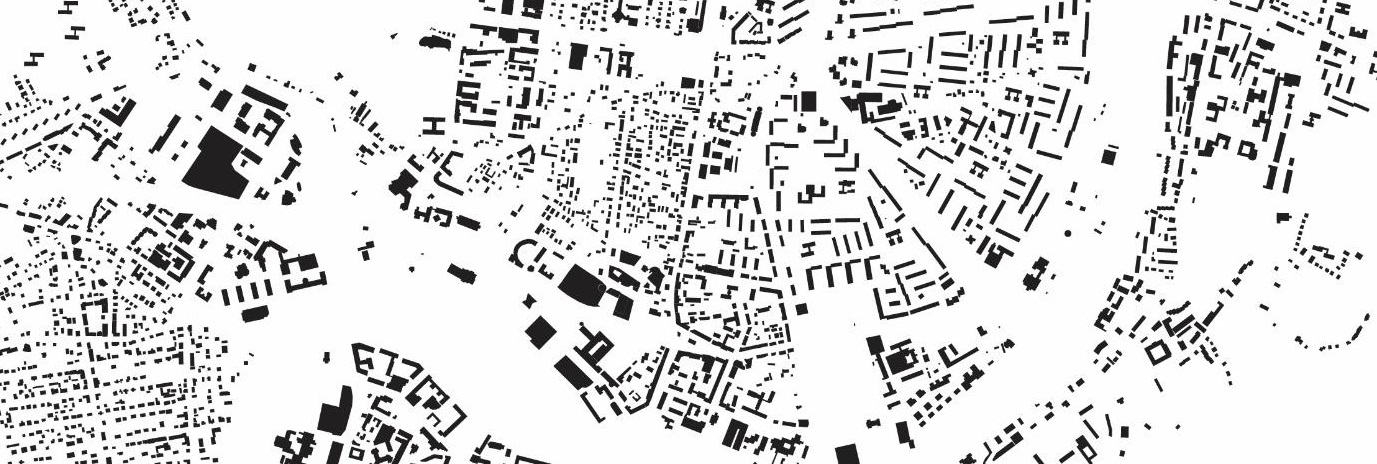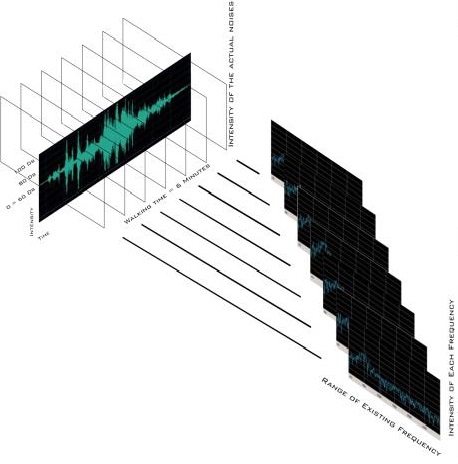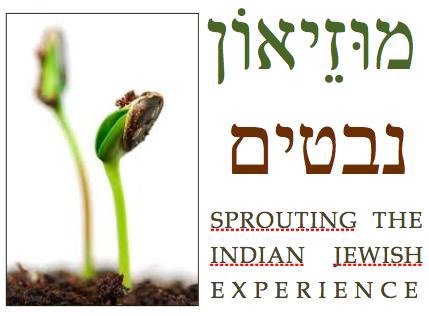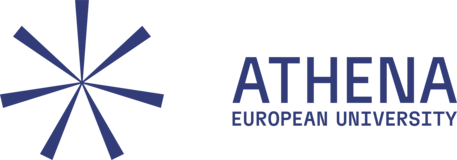Išmanių ir klimatui neutralių kompetencijų centras
Išmanių ir klimatui neutralių kompetencijų centro naujienos
PAVASARINĖS ARCHITEKTŪROS KŪRYBINĖS DIRBTUVĖS

2017-02-17
PAVASARINĖS ARCHITEKTŪROS KŪRYBINĖS DIRBTUVĖS
Šiandien – vasario 17 d. (penktadienį) – nuo 13:30 val. Architektūros fakultetas kviečia į pavasarinių Architektūros kūrybinių dirbtuvių rezultatų pristatymus!
13:30 – 14:45 / 2.17 aud. / URBANISTINĖ AKUPUNKTŪRA ŠNIPIŠKĖSE. Kuratoriai: Justina Muliuolytė and Tadas Jonauskis (PUPA), Skirmantė Mozūriūnaitė.
15:00 – 16:15 / 2.20 aud. / DEVELOPING ONE’S OWN LANGUAGE. RESEARCHES, IDEAS AND FANTASIES THAT LEAD THE DESIGNER IN HIS MATURATION. Kuratoriai: Giulio Romoli (IT) ir Tomas Grunskis. Kūrybines dirbtuves remia: Italijos ambasada, P4V.
16:30 – 18:00 / 2.18 aud. / SPROUTING THE INDIAN JEWISH EXPERIENCE. MUSEUM NEVATIM, ISRAEL. Kuratoriai: Jay Waronker (JAV), Liutauras Nekrošius ir Edita Riaubienė

URBANISTINĖ AKUPUNKTŪRA ŠNIPIŠKĖSE. Kuratoriai: Justina Muliuolytė and Tadas Jonauskis (PUPA), Skirmantė Mozūriūnaitė.
Vasario 9–17, 2017;
Urbanistinių kūrybinių dirbtuvių metu tyrinėsime ir projektuosime Šnipiškes, kompleksišką miesto rajoną, kuriame susipina daugybė temų ir interesų: naujieji verslo centrai, senosios sodybos, intensyvios Kalvarijų ir Žalgirio gatvės, senvagės tvenkiniai, neišnaudotos konversijos teritorijos. Dirbtuvių metu simuliuosime ofiso komandos darbą ir per 10 dienų paliesime visus urbanistinio projektavimo etapus. Kūrybinės dirbtuves moderuos urbanistų biuras „Pupa – strateginė urbanistika“ ir dirbtuvių metu sieks parodyti studentams urbanistikos specialybės įvairiapusiškumą ir atskleisti savo darbo specifiką.
Dirbtuvių tikslas yra supažindinti studentus su urbanistinių projektų iššūkiais ir galimybėmis bei išbandyti metodus kaip juos spręsti. Dirbtuvių metu nagrinėsime teritorijos kontekstą, analizuosime teritoriją per sluoksnius, stebėsime vietą, susipažinsime su statistinių tyrimų išvadomis ir planavimo dokumentais. Urbanistiniuose projektuose yra ypač svarbus išklausyti suinteresuotas šalis, todėl dirbtuvių metu susipažinsime su bendruomenės įtraukimo metodais bei praktiškai juos išbandysime bendraudami su gyventojais, savivaldybės atstovais, teritorijos naudotojais. Rolių žaidimo metu įvertinę analizių išvadas parengsime rajono vystymo variantus bei galutinę viziją, kuri kurs patrauklų ir gyvybingą miestą. Dirbtuves pabaigsime rengdami pristatymą ir išbandydami metodus, kaip sukurti įtikinamą istoriją, pavergiančią klientus, bendruomenę, kolegas.
„PUPA – strateginė urbanistika“ – tai jaunų ir inovatyvių urbanistų biuras, kurį 2009 metais Roterdame įkūrė Justina Muliuolytė ir Tadas Jonauskis. Nuo 2013 metų komanda dirba Lietuvoje. PUPA tyrimų ir projektų centras yra miestai, urbanistinės struktūros ir viešosios erdvės. Komanda dirba su didžiausiomis Lietuvos savivaldybėmis, rengia urbanistines vizijas, strategijas, konsultuoja apie esamų miesto dalių atnaujinimą, tvarią miestų plėtrą, projektuose naudoja novatoriškus metodus, kur kūrybinių dirbtuvių metu yra įtraukiamos aplinkinės bendruomenės, derinami bendri interesai. PUPA bendradarbiauja su įvairių sričių ekspertais ir kūrėjais, dalyvauja konferencijose, kūrybinėse dirbtuvėse, renginiuose. Projektai yra publikuoti bei pripažinti Lietuvos ir tarptautiniuose konkursuose. www.pu-pa.eu. Justina ir Tadas 2007 metais baigė VGTU architektūros bakalaurą ir 2010 metais apsigynė urbanistikos magistrą TU Delft Olandijoje. Abu yra dirbę ir studijavę įvairiose Europos šalyse, rengė projektus Europoje, Pietų Amerikoje, Azijoje.

DEVELOPING ONE’S OWN LANGUAGE. RESEARCHES, IDEAS AND FANTASIES THAT LEAD THE DESIGNER IN HIS MATURATION. Kuratoriai: Giulio Romoli (IT) ir Tomas Grunskis. Kūrybines dirbtuves remia: Italijos ambasada, P4V.
Vasario 9-17, 2017;
This architectural workshop aims to demonstrate the importance of the abstract and speculative research in one’s professional maturation. Architecture modifies the physical environment, being either built or natural. It shows itself through an idea and it finds its basis on the actualization of a program. The project is the necessary and fundamental instrument to make an idea tangible and to satisfy the program’s demands. The first aim of any teaching in architectural design is to communicate the way of using the project as an instrument and the methods of elaboration and control of the entire process. In a process that will try to make the student critically confident to have a control on the design decision, exploring the complexity of the relationships within the project will be fundamental. From the building program, to the constructive choices and the spatial solutions.
DEVELOPING ONE’S OWN LANGUAGE
Starting from the definition of the term and of the idea of Utopia, the students will be guided through the observation of architects, Libeskind, Eisenman, Hadid, Tschumi, tendency to metabolize the experiments until mthey become integral part of their own expressive language. A series of lectures analyzing the growth of artists and architects from the ’60, such as the Situationists, Daniel Libeskind, Coop Himmelb(l)au, Bernard Tschumi and their influence on much younger offices like The Next ENTERprise will force the students to recognize how acting in the hybrid limit among text, image and building has been the main topic of visionary architects of the 20th century.
The workshop has the purpose to teach how to handle the process of subjective and constructive activation of design ideas; develop the influence that usually alters the balance of the initial approach; canalize the suggestions that show through the process towards a specific target. From students’ free experimentation, through a process of critical self-analysis to the development of the consciousness of one’s own design.
Giulio Romoli studied in several European and American universities, obtaining a Master and a Phd in “Architectural Design”, topic he’s been teaching as a contract professor at Sapienza University of Rome, University of Miami in Rome and Tulane University between 2005 and 2012. Studio Romoli has been active in Rome since the end of the 60’s, with a main focus on the realization of architecture, interiors, design, either residential or receptive or commercial.
Its components have an international former education and have always been involved in teaching for more than 40 years. Research and experimentation have always been fundamental in the activity of the office, becoming crucial in the elaboration of theoretical projects, in the realization of prototypes and in the participation to international competitions and lectures.
Tomas Grunskis is an architect, the director of AEXN studio and the founder of independent gallery and platform for architectural culture and criticism ‘Nulinis Laipsnis’ (To the Power of Zero). Grunskis holds the PhD degree in humanities and works as a senior lecturer at Vilnius Academy of Arts and Vilnius Gediminas Technical University. He is also the author and co-author of a number of scientific and educational books and other scientific publications.

SPROUTING THE INDIAN JEWISH EXPERIENCE. MUSEUM NEVATIM, ISRAEL. Kuratoriai: Jay Waronker (JAV), Liutauras Nekrošius ir Edita Riaubienė
Vasario 9-17, 2017;
This architectural workshop (charrette1) is proposed as a first step for the anticipated expansion of Museum Nevatim in Israel. It will be organized in cooperation with Museum Nevatim, the Indian Jewish Heritage Center (IJHC) based in Israel, and the School of Architecture at Gediminas Technical University in Vilnius, Lithuania. This creative event will generate initial ideas for the long-term planning and operation of an expanded Museum Nevatim. It will not only generate substantive design concepts for the building’s enlargement and new garden spaces but, as a jump-start undertaking, will foster general interest, awareness, enthusiasm, understanding, and support for the project. The objective is that the expanded museum will present Indian Jewish history in a viable, inclusive, dynamic, and engaging way.
The goal is to create a beautifully-designed simple yet elegant and intimate-scaled museum compound with professionally-planned exhibitions to showcase all five of India’s Jewish communities: the Cochini, Baghdadi, Bene Israel, Bene Ephraim, and Bnei Menashe. The venue will also house a lecture/performance hall, meeting spaces, offices, special events rooms, and outdoor gardens specific to its Indian roots yet embracing its place at Moshav Nevatim. An objective of the expanded Museum Nevatim is also to draw more visitors to this region of Israel, aid in the moshav and local economy, and operate as a gathering and learning center for the public.
Jay Waronker is an American architect and architectural historian educated at Harvard University, Cornell University, and the University of Michigan who serves on the faculty of the Department of Architecture at Kennesaw State University in Atlanta USA. Waronker has spent nearly twenty-five years studying and working with Indian synagogues, and his scholarship has been widely published in a variety of academic and popular publications. Waronker's watercolor renderings of India's nearly forty synagogue buildings have also been exhibited in many venues throughout the USA and abroad. Waronker is an expert in the field of Indian Jewish architecture realized by all five of the Indian Jewish communities, and he has consulted and advised on numerous Indian synagogue preservation and educational efforts.
Akimirkos iš kūrybinių dirbtuvių ČIA


